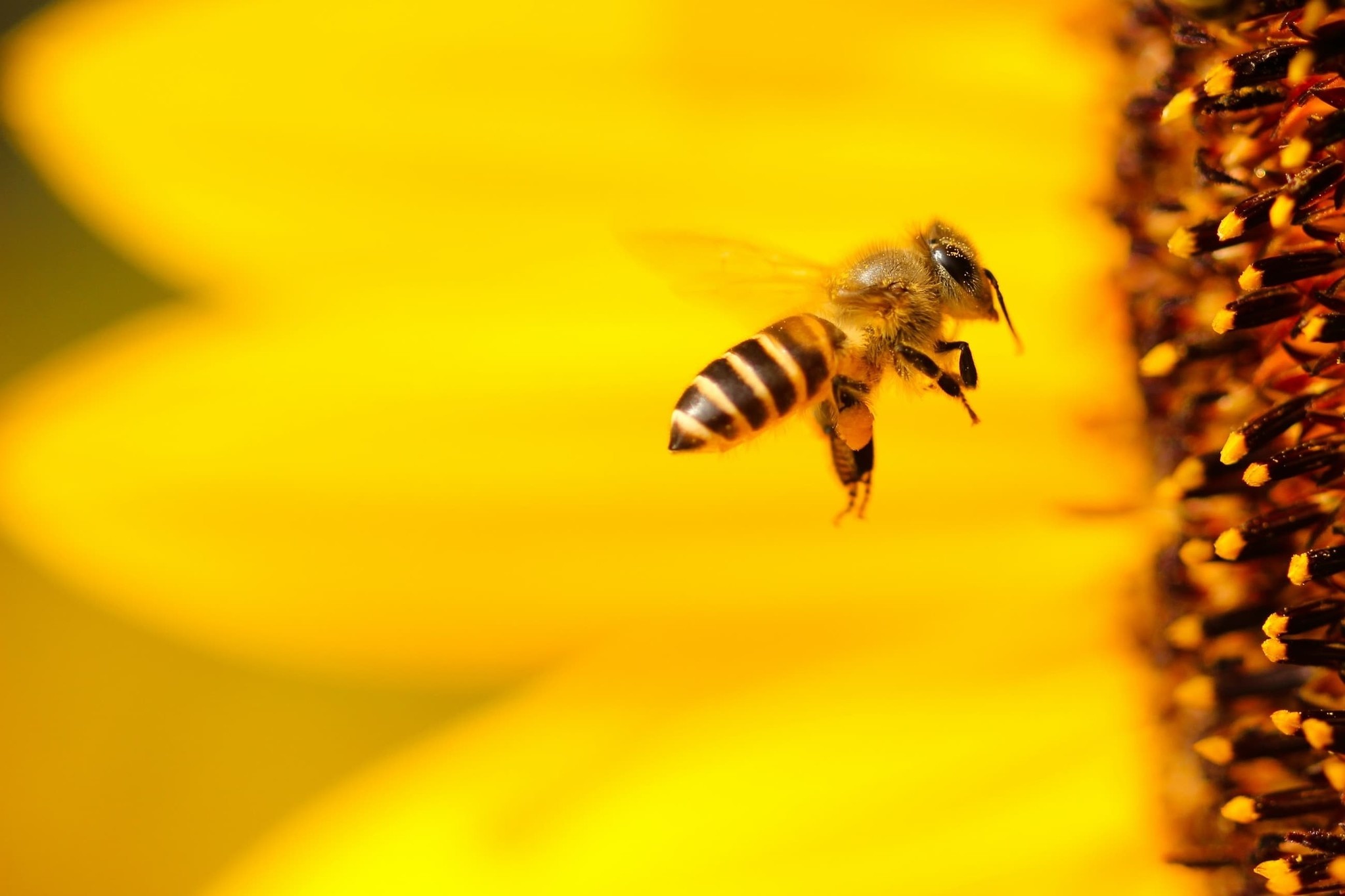What are the benefits of adopting permaculture?
- Posted on
- Posted in Permaculture
- 0

Conventional gardening tends to use a one-size-fits-all approach to growing fruits and vegetables. Its central concepts are based on what gardeners want to grow rather than what plants are best suited to a particular land. Permaculture gardening, on the other hand, is based on the concept of using the perfect plants for the climate, and using only what works best for the local environment.
Virtually all of the health benefits that come from growing your own food are literally rooted in healthy soil.When permaculture systems are well designed, they are inherently sustainable and much easier to maintain (especially over time). Permaculture gardens create true ecosystems with built-in mechanisms to constantly revitalize the land, keeping the plants healthier.
Here's a more in-depth look at what permaculture gardening is, how it works, and how to design a permaculture garden that best suits your space, climate, and lifestyle.
The definition of permaculture
Permaculture is difficult to define. The word is a catch-all phrase for "permanent agriculture". It was coined in Australia by David Holmgren (a graduate student at the time) and his teacher, Bill Mollison, who is considered the father of permaculture. They collaborated on the 1978 book Permaculture One, which first introduced the concept of permaculture to the general public.
Bill Mollison's 1991 book, Introduction to Permaculture, defines permaculture as "a philosophy of working with, rather than against, nature; of prolonged and thoughtful observation rather than prolonged and thoughtless work; and of considering plants and animals in all their functions, rather than treating an area as a single product system. »
To understand the very basis of what permaculture means, it is important to recognize that all decisions are rooted in three ethical goals: care for the land, care for people, and fair share.
How does permaculture work?
Permaculture systems are designed to be interactive. For example, roofs are used to capture water that can be used in the kitchen. From there, it flows into grey water irrigation systems. These feed the plants, which in turn provide food and fuel (wood).
Each of these elements is then put back into the system as compost. No waste is created. No resources are imported.
But it's also important to realize that permaculture is much more than just a design. It is a complete lifestyle change - a change in approach that ensures that our habits and practices work in cooperation with (and benefit) the planet rather than simply taking what it has to give us and polluting it.
Simple, eco-friendly ideas such as reusing bags, buying second-hand clothes and eating local food are also part of the permaculture mindset.
Permaculture is a rigid system in terms of ethics, but it is surprisingly open in its approach. Anything that works well to care for people and our planet has a place in practice. This makes a condensed definition of permaculture more difficult than it is in practice.
The benefits of a permaculture garden
A permaculture garden is a great thing for anyone who wants to improve their quality of life. It will beautify the home and perhaps create a wildlife habitat for bees, hummingbirds and butterflies in your own garden.
This will improve the soil and provide productive pathways for household waste, whether it is kitchen waste, grey water or paper products. It will increase local biodiversity, both plant and animal, while simultaneously producing healthy food.
Beyond these very admirable attributes, permaculture gardening involves people in their food on a very personal level.
A permaculture garden encourages curiosity in the little ones. Understanding what it takes to produce a carrot, potato or apple, where they come from, when they are good to pick and how everyone can contribute to a healthier lifestyle.
It's a cleaner, healthier and more dreamy way to look at and participate in the future.



Comments
Be the first to comment...